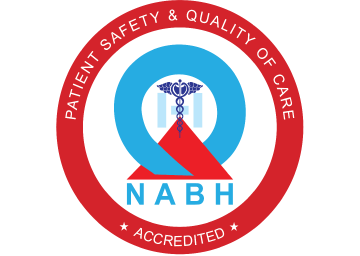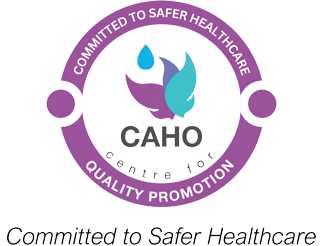Cerebral Palsy
Cerebral palsy is condition involving the neuromuscular functioning of the body affecting the muscle tone, coordination and movements affecting their function to various levels depending on the severity. It occurs due to injury to the growing brain either due to hypoxic insult (oxygen deprivation), infection or brain malformations and in many children the cause is unknown.
The common types of involvement are
- Involvement of lower limbs more than the upper limb
- Involvement of one half of body (upper and lowerlimbs on one side)
- Involvement of all four limbs (upper and lower limbs on both sides)

Symptoms
The symptoms may range from muscle weakness to muscle tightness (spasticity) and movement disorders (dyskinesias) involving the motor skills, muscle tone, reflexes and balance. These children generally have a delay in the development and are slow to reach their milestones like sitting, standing, walking, and learning and they often have other symptoms like seizures, eye problems, hearing problems, difficulty in eating and disorders related to digestion of food. These children have various grades of disability and some of them could be completely wheel chair bound.

Management
Cerebral palsy is non progressive. It can’t be cured but can be managed to avoid and prevent complications. They need specialized care right from their early ages and appropriate interventions with multidisciplinary care like orthopaedics, Dentistry, paediatric nursing, paediatric endocrinologist, neurology rehabilitation with specialized orthotics and prosthetics which would help them improve their quality of life at home and in the society now and in future.
We at Ganga hospital has a well experienced team of doctors along with well-trained physiotherapist and special trainers for improving their learning and speech defects in these children. We help these children fight their disability and lead as normal a life as possible.
Management can be either non-surgical or surgical. Non-surgical treatment involves medicines for decreasing muscle stiffness, regularised physiotherapy and rehabilitation. surgical for these children at our hospital are
- Botox injection
- Muscle and tendon lengthening
- Bony corrective osteotomies and reconstructions
- Single event multilevel surgeries
What is Botox injection?
Botox is a drug which is prepared for treating muscle problems. In order for any muscle to contract, the nerves release a chemical messenger called acetylcholine at the junction where nerve endings meet muscle cells. Botox injections prevent the release of these chemicals (acetylcholine), which stops the muscle cells from contracting. In this way, the toxin helps the muscles to become less stiff. Botox injection is used in management of children who has significant spasticity and no established deformities. Usually, we do it as a day care procedure by injecting the botox (botulinum toxin) intramuscularly under ultrasound guidance and under anaesthesia. Children will be on a plaster cast for a period of 3 weeks after the injection in the required position to stretch the spastic muscles. Following that they will need to be trained by physical therapist for gait training.
Muscle and tendon lengthening
In some children where there is difficulty in using splints and braces and the tightness of muscles is gradually progressing, our doctors might suggest you a soft tissue (muscles and tendons) release surgery following which child may need a plaster for 3 weeks and then will be applied splints for rehabilitation.
Osteotomies to correct lever arm dysfunctions
In children who has fixed deformities around the hip knee and foot we do corrective osteotomies in addition to the soft tissue procedures to correct the lever arm dysfunctions which helps these children in better ambulation and balancing while walking. This is commonly done is the supracondylar regions of the knee (distal femur), foot and also around the hip regions.
Single event multilevel surgeries
In patients with multiple joint contractures and spasticity when they have difficulty in being cared by the parents and who have difficulty immobilisation due to multiple joint involvement, we do this single event multilevel surgery (SEMLS). This is correction of deformities at various levels like hip flexors, adductors and knee flexors and foot valgus and calcaneus or equinus deformities
Hip surveillance and appropriate interventions
In cerebral palsy due to the spasticity, the children are more prone for developing hip subluxation which can be identified by calculating the hip migration index from the x-rays taken for the pelvis. We regularly screen the pelvis for all the patients with cerebral palsy and check the hip joint subluxation which if present, we treat by surgical procedures.




